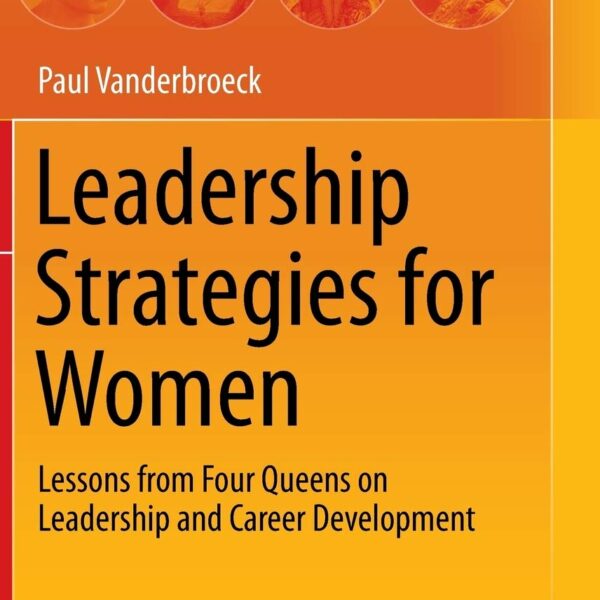Women in the Workplace 2020: What does it mean for your career?
Every year McKinsey and LeanIn publish a report on Women in the Workplace. The 2020 report again provides us with rich insights. Although based on organizations in the US, these data can also help progress gender balance in Italy and other countries.
The report shows that the slow, but steady progress of women into senior leadership positions in corporations is continuing. The not-so-good news is that there are still fewer women promoted to manager than men: on every 100 men getting their first management job, there are only 85 women being promoted. This obviously means that at more senior levels, there will be fewer women in the talent pool.
COVID-19 hasn’t helped. It appears that particularly senior women feel under pressure to combine work with caregiving at home, as schools close, open and close again. Employers expect working mothers to deliver the same results. At the same time, these women take up the bulk of the extra tasks at home. The result? Many more mothers than fathers are considering downshifting their career.
Currently, senior-level women are more at risk of suffering from burnout than senior-level men. They are struggling not only with extra stress at work, but also dealing with housework and extra stress for taking care of old family members, like parents or in-laws.
Employers may be in crisis mode at the moment. At work, women may not get the attention, understanding and policy changes, for example, regarding work and career flexibility, that they need to keep delivering and progress their careers.
Fortunately, there are things you can do yourself. But it is critical to focus on what really matters.
For women at a more junior career stage, the key challenge is at work. They are well-advised to invest in their career development with tailor-made measures – for example through coaching – that help them get into the first management ranks. It is essential to get on the management ladder without delay.

Paul’s book Leadership Strategies for Women
For more senior women, the key challenge is at home. For them, it is worthwhile to work with their partner to create a vision for the future. Based on that, they can create an equitable role distribution that allows both partners to reach their career goals. Fortunately for this group, my new handbook for dual-career couples is about to be published.
With the right focus, COVID and its aftermath can provide opportunities for women to progress their careers.
Dr. Paul Vanderbroeck is an Executive Coach.
He is passionate about seeing women leaders achieve the results they want. With his pragmatic approach, he directs leaders and high potentials to realistic actions in order to achieve ambitious goals. He is a friend of PWA since 2016.
You can reach Paul via http:/www.linkedin.com/in/paulvanderbroeck.



